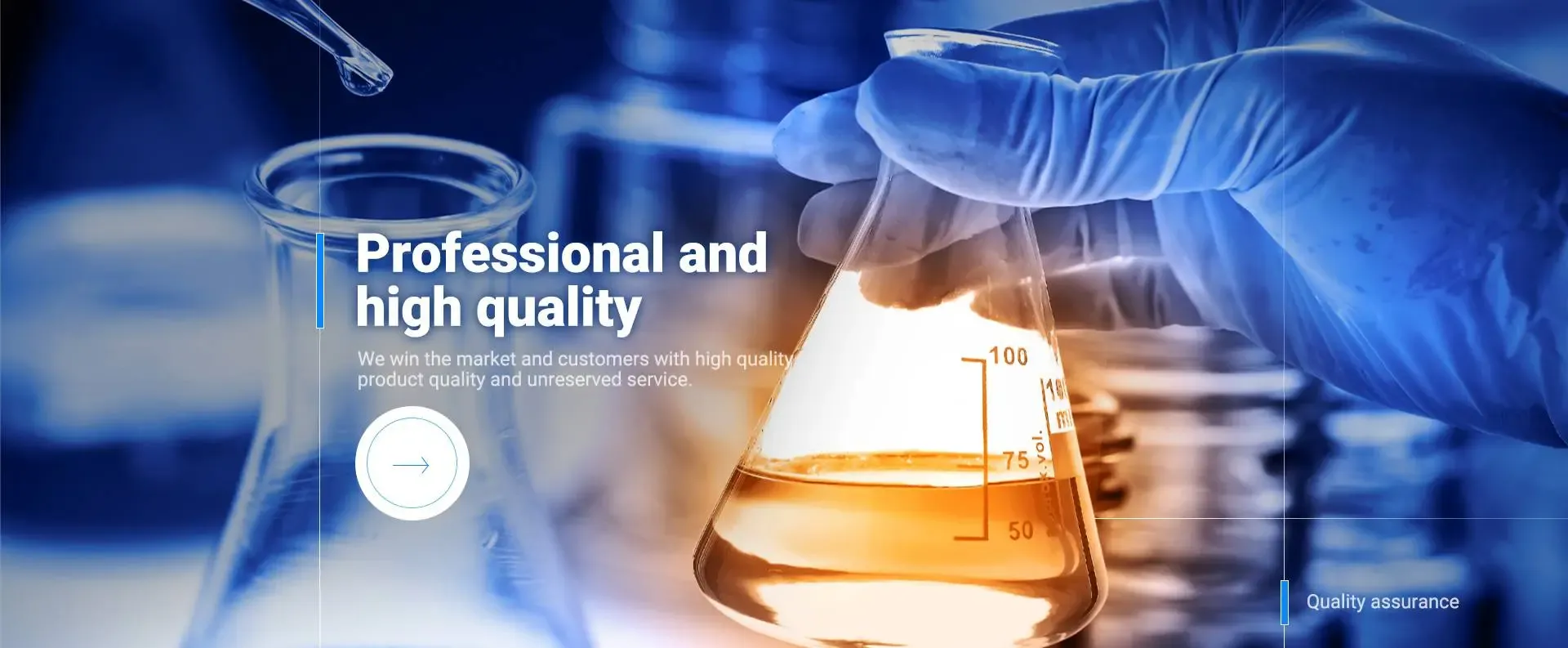



Enhanced Processing Techniques with Sodium Hydroxide Treatment for Improved Results
Sodium Hydroxide Treatment An Overview
Sodium hydroxide, also known as caustic soda, is a highly versatile chemical compound that plays a significant role in various industrial and laboratory processes. Its chemical formula is NaOH, and it exists as a white, solid crystal at room temperature. This strong base is soluble in water, generating exothermic reactions that release heat and increase the pH of the solution. Sodium hydroxide is essential for many applications, notably in treatment processes across different industries.
One of the most notable uses of sodium hydroxide is in water treatment. It helps to adjust the pH levels of water, making it less acidic and more neutral. This process is crucial in many municipal water systems, where the quality of drinking water must meet stringent safety standards. By adding sodium hydroxide, operators can effectively neutralize acidic waters, which may otherwise lead to corrosion of pipes and other infrastructure. Moreover, sodium hydroxide can facilitate the removal of heavy metals and other contaminants in wastewater treatment processes, improving the overall quality of effluent before it is released back into the environment.
In the paper and pulp industry, sodium hydroxide is integral for the delignification process, where it helps in breaking down lignin in wood chips and separating cellulose fibers. This process not only enhances the quality of the pulp produced but also increases the yield and efficiency of wood processing. The application of sodium hydroxide in this context is a prime example of its importance in various manufacturing processes, as it transforms raw materials into valuable products.
Sodium hydroxide also finds extensive use in the production of biodiesel. During transesterification, an essential step in biodiesel production, sodium hydroxide acts as a catalyst, facilitating the reaction between triglycerides (fats and oils) and methanol or ethanol. This process results in the formation of fatty acid methyl esters (biodiesel) and glycerol. Given the push toward renewable energy sources, the demand for biodiesel and the role of sodium hydroxide as a catalyst are anticipated to grow.
sodium hydroxide treatment

Another significant application of sodium hydroxide is in the food industry. It is commonly used for food processing tasks, such as peeling fruits and vegetables, as it aids in removing the skins of certain produce efficiently. Additionally, sodium hydroxide is used in the production of certain food products, including olives and pretzels, where it plays a role in flavor enhancement and texture improvement.
Despite its numerous benefits, handling sodium hydroxide requires caution due to its highly corrosive nature. Safety protocols must be in place when using this compound to prevent burns and injuries. Operators must wear appropriate personal protective equipment (PPE), including gloves, goggles, and face shields, while ensuring that adequate ventilation is maintained to avoid inhaling its fumes.
The environmental impact of sodium hydroxide treatment processes is another critical consideration. While sodium hydroxide effectively neutralizes waste, its misuse or over-application can lead to increased salinity in water bodies, which may disrupt local ecosystems. Hence, monitoring and controlling the concentration of sodium hydroxide in industrial discharges is essential for sustainable practices.
In conclusion, sodium hydroxide treatment processes are pivotal across various industries, contributing to water purification, paper production, biodiesel manufacturing, and food processing. Its ability to neutralize acidic environments, facilitate chemical reactions, and enhance product quality underscores its importance. Nevertheless, the safe and responsible use of sodium hydroxide is paramount, as its corrosive properties pose risks to human health and the environment. As industries continue to innovate, sodium hydroxide will likely remain a key player in facilitating efficient and effective treatment and manufacturing processes.
-
Why Sodium Persulfate Is Everywhere NowNewsJul.07,2025
-
Why Polyacrylamide Is in High DemandNewsJul.07,2025
-
Understanding Paint Chemicals and Their ApplicationsNewsJul.07,2025
-
Smart Use Of Mining ChemicalsNewsJul.07,2025
-
Practical Uses of Potassium MonopersulfateNewsJul.07,2025
-
Agrochemicals In Real FarmingNewsJul.07,2025
-
Sodium Chlorite Hot UsesNewsJul.01,2025










